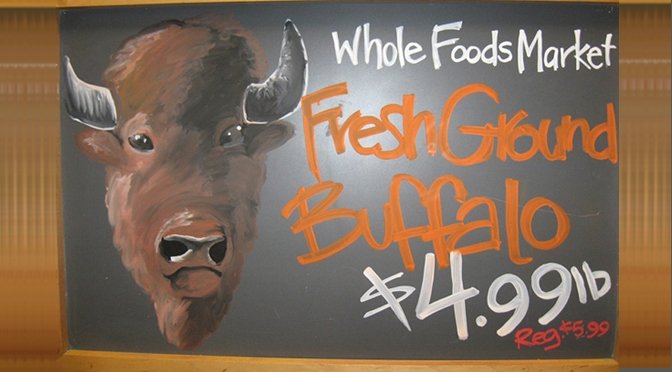
*Excerpt:
Let’s pay a visit to Whole Foods’ splendid Columbus Circle store in New York City. As you descend the escalator you enter the realm of a freshly cut flowers. These are what advertisers call “symbolics”–unconscious suggestions. In this case, letting us know that what’s before us is bursting with freshness.
Flowers, as everyone knows, are among the freshest, most perishable objects on earth. Which is why fresh flowers are placed right up front–to “prime” us to think of freshness the moment we enter the store. Consider the opposite–what if we entered the store and were greeted with stacks of canned tuna and plastic flowers? Having been primed at the outset, we continue to carry that association, albeit subconsciously, with us as we shop.
The prices for the flowers, as for all the fresh fruits and vegetables, are scrawled in chalk on fragments of black slate–a tradition of outdoor European marketplaces. It’s as if the farmer pulled up in front of Whole Foods just this morning, unloaded his produce, then hopped back in his flatbed truck to drive back upstate to his country farm. The dashed-off scrawl also suggests the price changes daily, just as it might at a roadside farm stand or local market. But in fact, most of the produce was flown in days ago, its price set at the Whole Foods corporate headquarters in Texas. Not only do the prices stay fixed, but what mightlook like chalk on the board is actually indelible; the signs have been mass-produced in a factory.
*end excerpt
Full article: http://www.fastcompany.com/1779611/priming-whole-foods-derren-brown